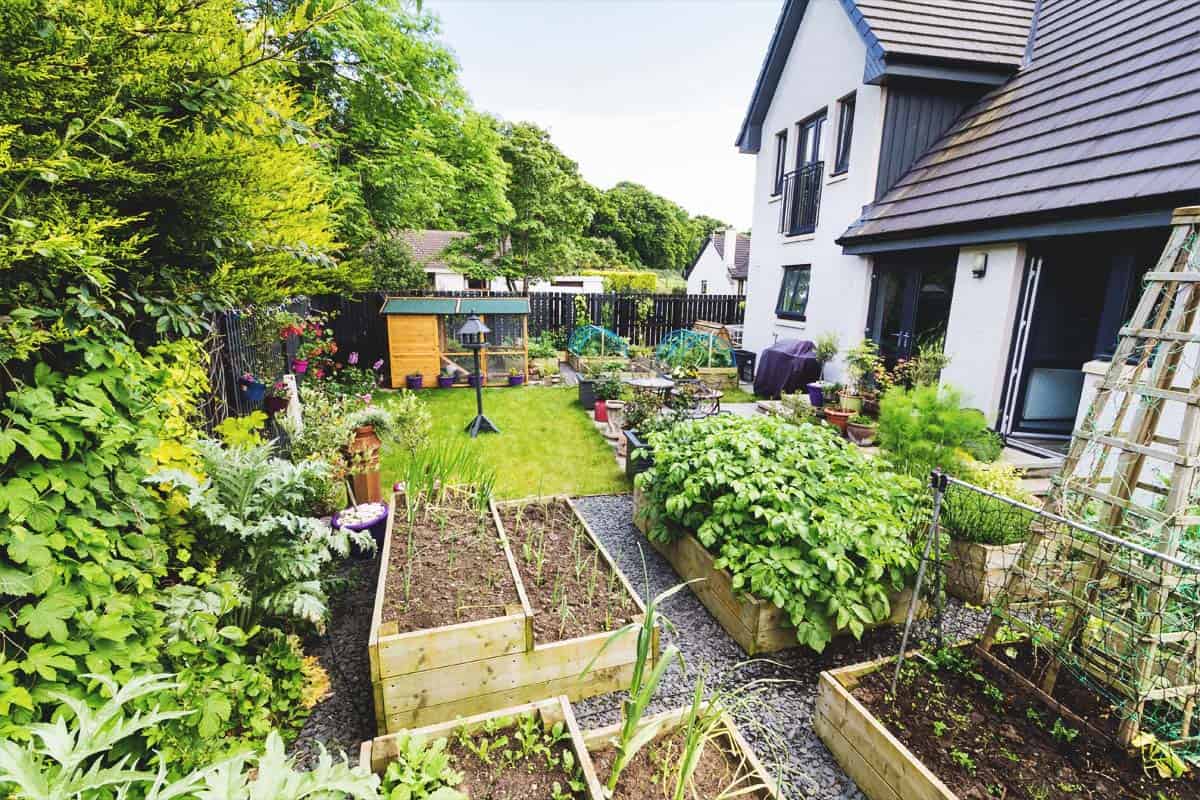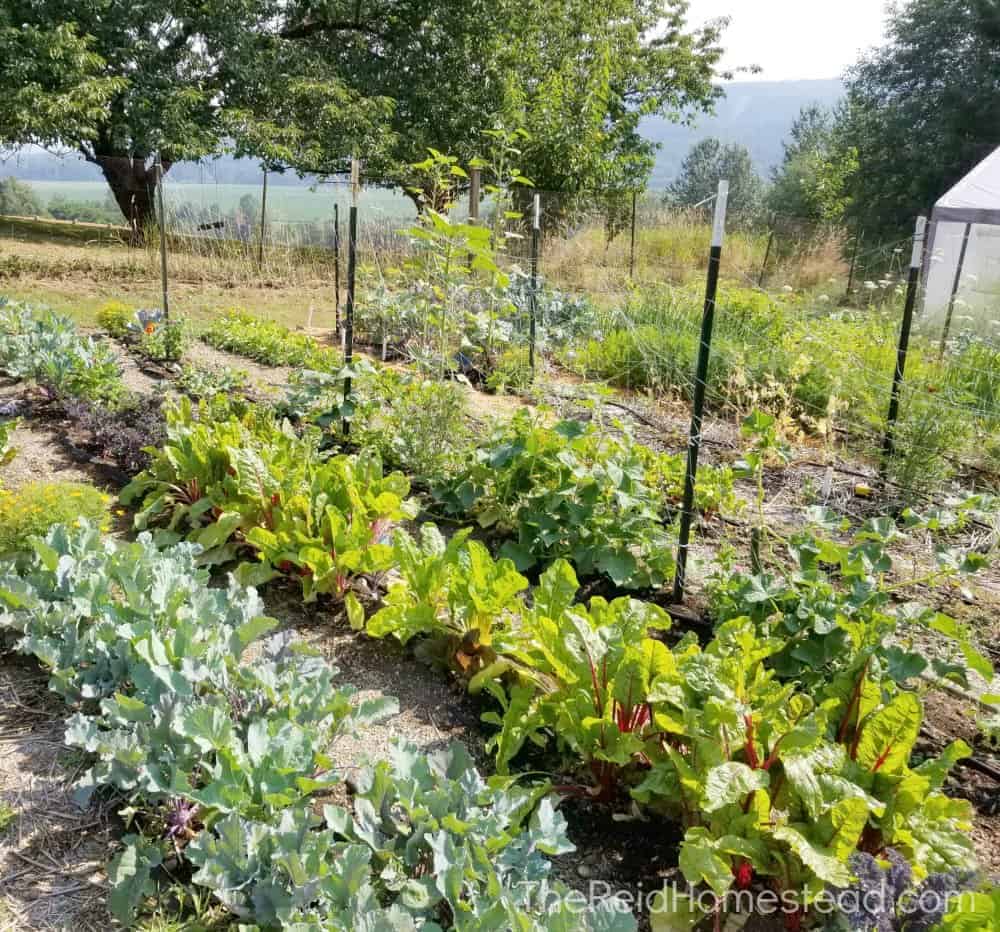Top Crops for a Thriving Homestead Gardening Setup
Top Crops for a Thriving Homestead Gardening Setup
Blog Article
Discover Crucial Tips for Effective Horticulture Techniques and Practices
Horticulture, frequently viewed as a straightforward pastime, includes a variety of techniques and methods that can substantially affect the outcome of your efforts. By prioritizing crucial elements such as soil health, efficient sprinkling approaches, and appropriate plant selection, gardeners can produce a successful ecological community that supports vibrant growth. Recognizing the subtleties of parasite monitoring and seasonal upkeep can better boost performance. Numerous enthusiasts overlook critical information that can make or damage their horticulture success-- checking out these overlooked aspects might expose the secret to cultivating a prospering yard.
Comprehending Soil Health And Wellness
Soil wellness is a fundamental facet of successful horticulture, as it directly affects plant growth, vitamins and mineral availability, and ecological community balance. Healthy and balanced soil is identified by a rich biodiversity of microbes, raw material, and a balanced pH level, which with each other produce a setting helpful to plant development.
To understand soil health and wellness, one must consider its physical, chemical, and organic buildings. The appearance and framework of soil impact its capacity to keep dampness and nutrients, while the chemical composition figures out the schedule of vital components like nitrogen, phosphorus, and potassium. Routine dirt screening is crucial to examine these variables, enabling gardeners to make educated choices regarding amendments and fertilizers.
In addition, advertising organic activity within the soil is vital for preserving its health and wellness. Practices such as composting, plant turning, and the usage of cover plants can boost microbial variety, boost nutrient biking, and lower dirt disintegration. By focusing on dirt wellness, garden enthusiasts not just maximize plant development yet additionally add to a lasting ecological community, ensuring that their horticulture techniques are resistant and ecologically accountable gradually.
Efficient Watering Techniques
Ensuring that plants receive the appropriate quantity of water is essential for their health and wellness and growth, particularly when coupled with a strong structure of soil health (Homestead Gardening). Effective sprinkling methods can substantially impact plant vitality, lowering water waste and promoting optimal growth
One essential approach is deep watering, which motivates roots to expand deeper right into the soil, boosting drought resistance. This strategy usually involves sprinkling less often but in bigger amounts, enabling dampness to permeate the origin zone extensively. Timing is also critical; early morning is the excellent time to water, as it reduces dissipation and allows vegetation to dry throughout the day, lowering illness threats.
Additionally, using mulch can assist preserve soil wetness and manage temperature, additional aiding effective sprinkling practices. Using a drip watering system can additionally offer targeted wetness straight to the roots, guaranteeing that water gets to where it's most required while conserving resources.
Checking rainfall and soil dampness degrees can direct modifications in your watering routine, ensuring plants get regular hydration without over-saturation. By taking on these effective sprinkling strategies, gardeners can foster a growing atmosphere for their plants to grow.
Plant Option and Positioning
Just how can the ideal plant selection and calculated positioning transform a yard into a prospering ecosystem? The harmony between plant varieties and their positioning is critical for producing a dynamic yard. When picking plants, consider variables such as environment, dirt type, and sunshine exposure. Native species are usually the finest option as they are adjusted to neighborhood problems and need much less maintenance.
Strategic placement entails arranging plants according to their development practices and demands. Taller plants need to be placed at the rear of boundaries to stop shielding much shorter plants. Furthermore, grouping plants with similar water and light demands can improve their development and minimize competition for resources.
Incorporating a diversity of plants not just adds visual charm however also promotes biodiversity, bring in valuable bugs and pollinators. Take into consideration the seasonal adjustments in your garden; choose a mix of see this website perennials, evergreens, and annuals to ensure year-round passion.
Last but not least, keep in mind to examine the fully grown dimension of plants prior to growing to avoid overcrowding and make certain appropriate air blood circulation. Thoughtful plant option and critical placement produce an unified environment, enabling your garden to flourish while lessening obstacles.
Insect and Illness Monitoring
Efficient pest and illness administration is vital for keeping a healthy and balanced garden community - Homestead Gardening. A proactive approach, incorporating social, organic, and chemical approaches, can considerably minimize the influence of parasites and diseases on your plants

Biological controls, such as introducing beneficial insects like ladybugs or predatory termites, can maintain parasite populaces in check without harming the environment. Additionally, keeping plant health through proper watering, fertilization, and pruning will bolster their resilience against illness.
When treatment is needed, choose targeted chemical treatments, making sure to follow application standards to minimize harm to non-target microorganisms. Always prioritize sustainable practices, as they promote lasting yard wellness and ecological equilibrium. By incorporating these approaches, gardeners can properly take care of conditions and pests, ensuring flourishing plants and an efficient yard.

Seasonal Upkeep Practices
In springtime, i loved this emphasis on dirt preparation by testing pH degrees and adding necessary amendments. On a regular basis examine arising plants for diseases and parasites.
As summer methods, make sure sufficient irrigation while monitoring for indications of stress and anxiety or condition. Prune back overgrown plants to urge air flow and decrease moisture around foliage. This technique not just boosts plant health yet likewise promotes flowering and fruiting.
With the arrival of autumn, it's time to plan for wintertime. Tidy up fallen leaves and debris to avoid insect infestations, and consider planting cover plants to enrich dirt wellness. This period is likewise perfect for dividing perennials and growing spring-flowering light bulbs.
Verdict
Successful gardening rest on the integration of audio methods in soil wellness, watering, plant choice, bug management, and seasonal upkeep. By focusing on dirt testing and microbial diversity, using reliable watering techniques, and picking appropriate plants, gardeners can produce prospering ecosystems. Additionally, positive insect administration and thorough seasonal maintenance add dramatically to overall garden vitality. Embracing these techniques fosters a sustainable and productive horticulture setting, ensuring flourishing development and resilience throughout the transforming seasons.
By focusing on necessary aspects such as soil health, reliable watering techniques, and appropriate plant option, gardeners can create a growing ecological community that supports vibrant development. By prioritizing dirt health and wellness, gardeners not only enhance plant growth yet likewise contribute to a lasting environment, ensuring that their horticulture methods are resistant and ecologically liable over time.
Taller plants must be positioned at the back of boundaries to prevent shielding shorter plants. Clean up dropped leaves and debris to protect against insect problems, and think about growing cover crops to enhance dirt health and wellness.Effective gardening hinges on the assimilation of sound methods in dirt health, watering, plant option, pest administration, and seasonal upkeep.
Report this page